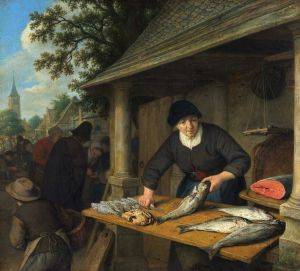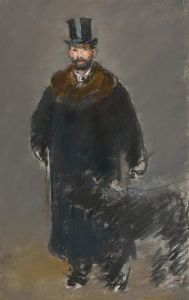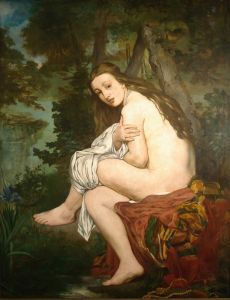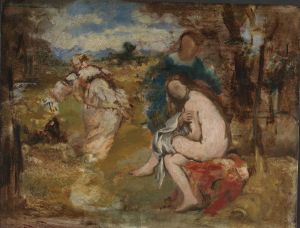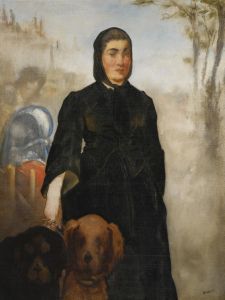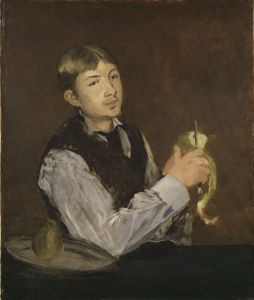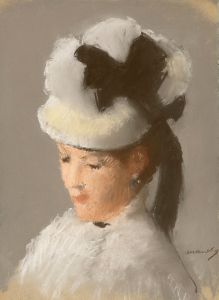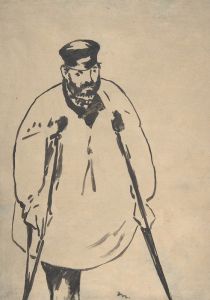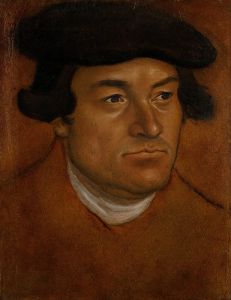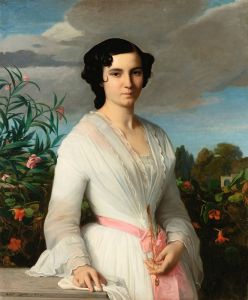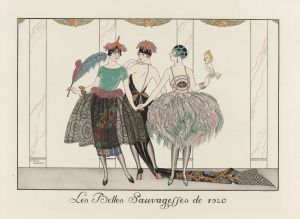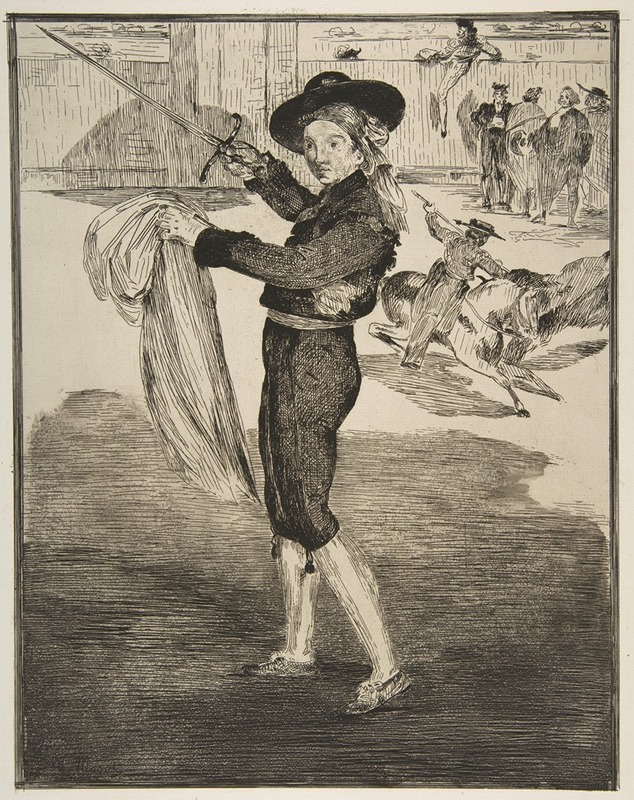
Mlle. Victorine in the Costume of an ‘Espada’
A hand-painted replica of Édouard Manet’s masterpiece Mlle. Victorine in the Costume of an ‘Espada’, meticulously crafted by professional artists to capture the true essence of the original. Each piece is created with museum-quality canvas and rare mineral pigments, carefully painted by experienced artists with delicate brushstrokes and rich, layered colors to perfectly recreate the texture of the original artwork. Unlike machine-printed reproductions, this hand-painted version brings the painting to life, infused with the artist’s emotions and skill in every stroke. Whether for personal collection or home decoration, it instantly elevates the artistic atmosphere of any space.
Édouard Manet's painting Mlle. Victorine in the Costume of an ‘Espada’ is an oil on canvas work created in 1862. The painting depicts Victorine Meurent, a frequent model for Manet and an artist in her own right, dressed in the costume of a Spanish bullfighter, or "espada." This work is notable for its blending of traditional portraiture with elements of Spanish culture, which was a recurring theme in Manet's art during this period.
The painting shows Victorine standing in a full-length pose, wearing a richly detailed matador outfit, complete with a short jacket, high-waisted trousers, and a sash. She holds a sword in her right hand, while her left hand rests on her hip. The background is relatively plain, drawing attention to the figure and her attire. The costume and the subject's confident stance evoke the romanticized image of the Spanish bullfighter, a figure that fascinated many French artists of the 19th century. However, the choice to depict a woman in this traditionally male role adds a layer of complexity to the work.
Victorine Meurent was a central figure in several of Manet's most famous paintings, including Olympia and Luncheon on the Grass. Her appearance in Mlle. Victorine in the Costume of an ‘Espada’ reflects Manet's interest in challenging conventional artistic norms and exploring themes of gender and identity. By placing a female model in the role of a male bullfighter, Manet subverted traditional expectations and created a work that invites interpretation and discussion.
The painting also demonstrates Manet's engagement with Spanish art and culture, which he admired greatly. He was particularly influenced by the works of Diego Velázquez and Francisco Goya, whose depictions of Spanish life and customs left a lasting impression on him. This influence is evident in the bold use of color, the dramatic lighting, and the direct gaze of the subject.
Mlle. Victorine in the Costume of an ‘Espada’ is currently housed in The Metropolitan Museum of Art in New York City. It is considered an important example of Manet's early work and his experimentation with themes and styles that would later define his career. The painting reflects both his technical skill and his willingness to challenge artistic conventions, making it a significant piece in the history of 19th-century art.





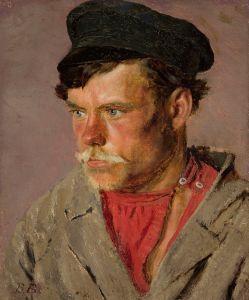
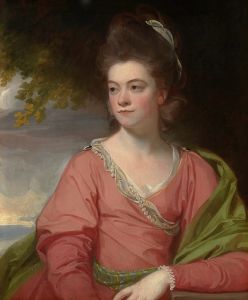
![Designs for theater with black-framed proscenium and boldly colored settings.] [Study for stage light wall decoration, possibly for Caf ̌Crillon ……](/imgs/249421/s/winold-reiss-designs-for-theater-with-blackframed-proscenium-and-boldly-colored-settings-study-for-stage-light-wall-decoration-possibly-for-caf-crillon--2b2d7011.jpg)
